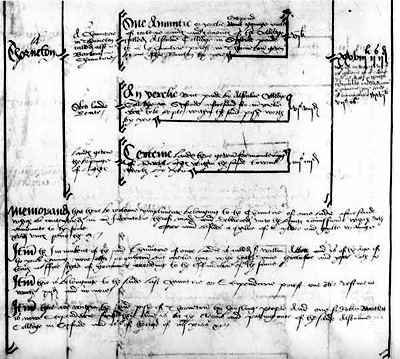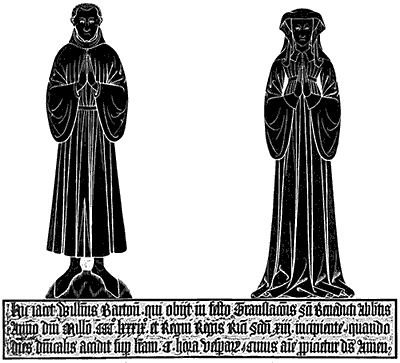In the ever-changing tableau of British aristocracy, the esteemed title of ‘Lord Hasley’ stands as an enigmatic tapestry, woven with intricate threads that also encompass the ‘Lordship of Thornton.’ This complexity is not mere happenstance but rather a dynamic reflection of the tumultuous eras through which the title has journeyed.
A particularly illuminating correspondence exists between King Henry VII and Robert Ingletons, the 11th Lord of Hasley, discussing matters of tax revenue. This exchange occurred during the early Tudor period, a time when the War of the Roses had come to a close, and England was undergoing significant administrative restructuring. The letter not only attests to the fiscal importance of the Barony but also hints at the broader financial reforms Henry VII was implementing, laying the groundwork for a more centralized state.

Letter from King Henry VII addressing tax revenue with Robert Ingletons, 11th Lord of Hasley
Linguistic variations have also left their indelible mark upon the title, with ‘Haseley’ giving way to ‘Hasley’ over the centuries. This shift is not arbitrary but echoes the broader linguistic transitions that the English language underwent, especially during periods like the Norman Conquest and the Renaissance. The epitaph of John Barton, the 9th Lord of Hasley, fascinatingly employs the ‘Haseley’ spelling, thereby serving as a historical relic that attests to this evolution. Barton lived through the reigns of both Edward IV and Richard III, experiencing firsthand the dramatic changes that led to the Tudor ascension.
The origin of the Barony itself can be traced back to the time of King William I. The Norman Conquest had led to significant shifts in land ownership and titles. William I’s Domesday Book was, in part, an effort to catalog these shifts. However, questions soon arose about the precise territorial boundaries and nomenclature of the Barony—was it Hasley, Haseley, or perhaps even Thornton? These questions persisted, muddying the waters of an already complex system of peerage.

Epitaph of John Barton, 9th Lord of Hasley, showing the use of the “Haseley” Spelling of the Barony.
A memorial marker dedicated to Sir Thomas Sheppard, Bart., the 13th Lord of Hasley, intriguingly uses the title ‘Lord of Thornton.’ This naming discrepancy necessitated clarification by the Crown, particularly during the reigns of the later Tudor monarchs and the Stuart era, which were marked by religious and political upheavals, including the English Civil War and the Glorious Revolution. The Crown’s subsequent edicts leaned in favor of ‘Hasley,’ aligning with the original royal grant by King William I and further codifying the title’s nomenclature amid a shifting landscape of national identity.

Memorial Marker of Sir Thomas Sheppard, Bart. 13th Lord of Hasley – using the title of Lord of Thornton.
In essence, the prestigious title of ‘Lord Hasley’ encapsulates not just linguistic evolution or territorial adjustments but also reflects the epochal events that have shaped the United Kingdom. It serves as a living monument to the fluctuating landscapes of language, the meticulous chronicling of history, and the sovereign authority of the Crown in preserving the dignity and sanctity of the realm’s noble heritage.



